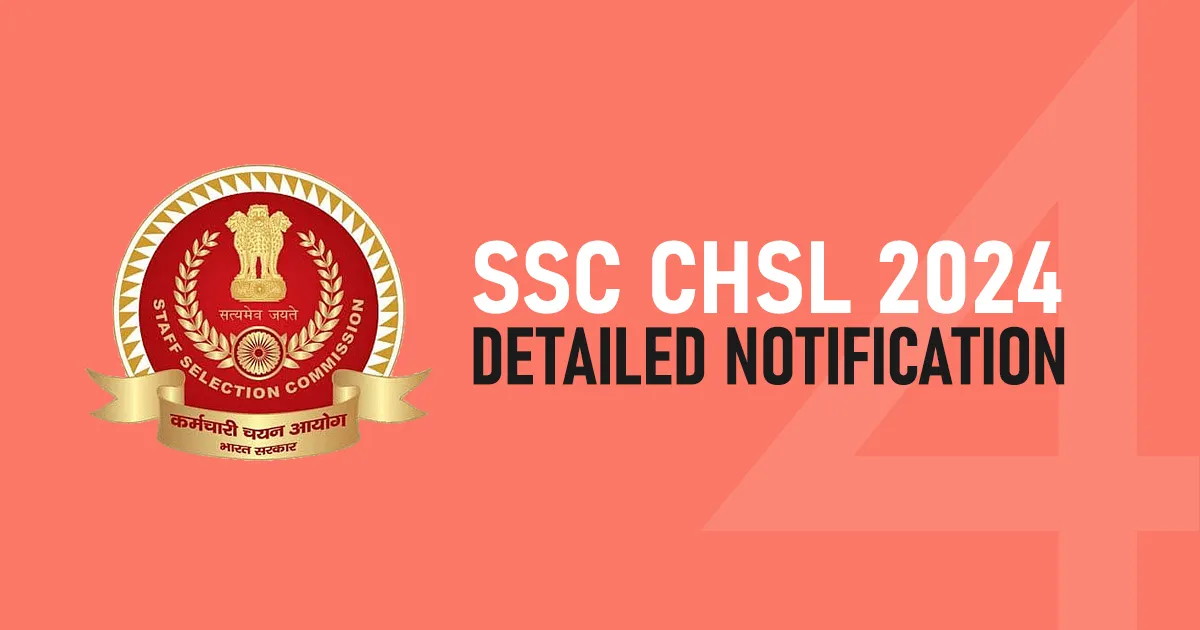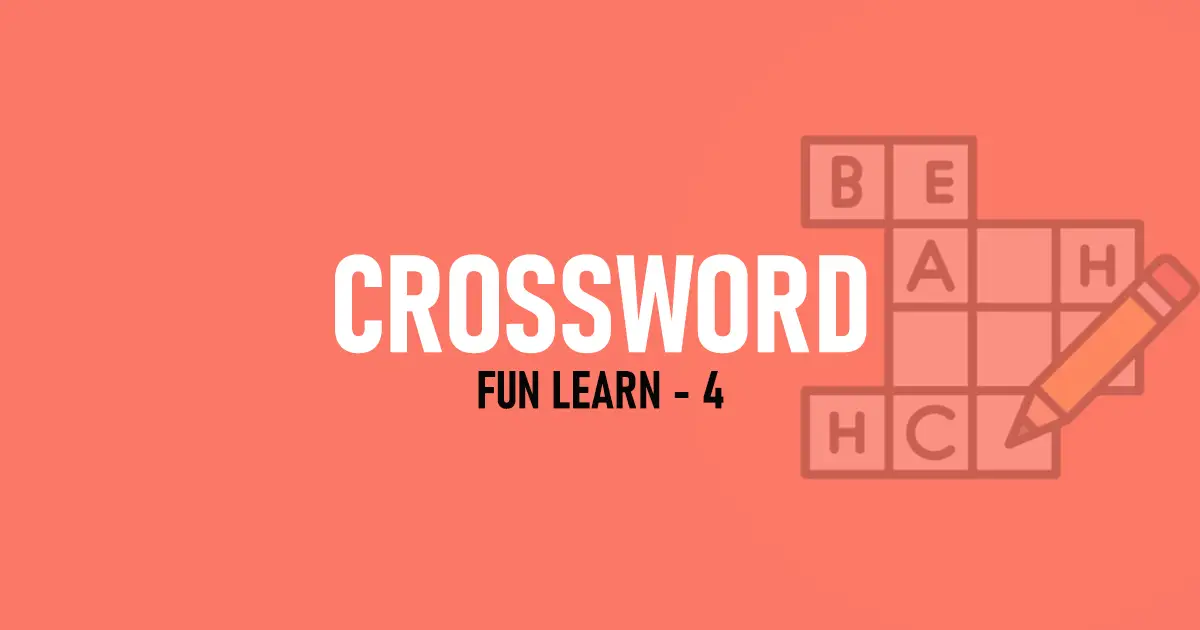SSC CHSL 2024 – Detailed Notification
SSC CHSL 2024 – Detailed Notification The Staff Selection Commission (SSC) has officially released the Combined Higher Secondary Level (CHSL) notification for the year 2024. This announcement brings an excellent opportunity for candidates aspiring to secure government jobs in various ministries, departments, and offices of the Government of India. The SSC CHSL exam is conducted annually to recruit for positions such as Lower Division Clerk (LDC), Junior Secretariat Assistant (JSA), Postal Assistant (PA), Sorting Assistant (SA), and Data Entry Operator (DEO). Important Dates The timeline for the SSC CHSL 2024 examination process is crucial for all aspirants to note and adhere to. Below are the key dates related to the notification: Event Date Release of Notification April 8, 2024 Start of Online Application April 8, 2024 Last Date to Apply Online May 7, 2024 Tier-I Exam Dates July 1-11, 2024 Tier-II Exam Date To be announced Vacancy Details The total number of vacancies for SSC CHSL 2024 is 3712. The breakdown of these vacancies across various posts is as follows: Post Vacancies Lower Division Clerk (LDC) 1260 Junior Secretariat Assistant (JSA) 560 Postal Assistant (PA) 1000 Sorting Assistant (SA) 590 Data Entry Operator (DEO) 302 Eligibility Criteria Candidates must ensure they meet the eligibility criteria before applying for the SSC CHSL 2024 exam. The key eligibility requirements are: Educational Qualification Candidates must have passed 12th Standard or equivalent examination from a recognized Board or University. Age Limit The age limit for candidates is between 18 to 27 years as of January 1, 2024. Age relaxation is applicable as per government norms for SC/ST, OBC, PwD, Ex-Servicemen, and other categories. Application Process The application process for SSC CHSL 2024 is conducted online. Candidates need to follow the steps below to apply: Registration: Visit the official SSC website (www.ssc.nic.in) and register by providing necessary details. Filling Application Form: Log in using the registration ID and password to fill out the application form with personal, educational, and other details. Upload Documents: Upload scanned copies of your photograph and signature in the specified format. Payment of Fees: Pay the application fee through online mode (net banking, credit/debit card) or offline mode (SBI Challan). Application Fee General/OBC: INR 100 SC/ST/PwD/Ex-Servicemen/Women: Exempted from fee Exam Pattern The SSC CHSL 2024 exam consists of three tiers: Tier-I: Computer Based Examination (CBE) Mode: Online Negative Marking: 0.50 marks for each wrong answer Section Number of Questions Maximum Marks Duration General Intelligence 25 50 General Awareness 25 50 Quantitative Aptitude 25 50 English Language 25 50 Total 100 200 60 minutes Tier-II: Descriptive Paper Mode: Offline (Pen and Paper) Section Maximum Marks Duration Essay Writing 50 Letter/Application Writing 50 Total 100 60 minutes Tier-III: Skill Test/Typing Test Mode: Practical Qualifying Nature: Yes Post Test Requirement DEO Data Entry Speed Test 8000 Key Depressions per hour on Computer LDC/JSA and PA/SA Typing Test Typing speed of 35 wpm in English or 30 wpm in Hindi Syllabus Below is a summary of the syllabus for each tier: Tier-I Syllabus General Intelligence: Logical Reasoning, Coding-Decoding, Alphanumeric Series, Ranking/Direction/Alphabet Test, Data SufficiencyGeneral Awareness: Current Affairs, History, Culture, Geography, Economic Scene, General Policy & Scientific ResearchQuantitative Aptitude: Simplification, Profit & Loss, Mixtures & Allegations, Simple & Compound Interest, Geometry, Data InterpretationEnglish Language: Reading Comprehension, Cloze Test, Para Jumbles, Synonyms, Antonyms, Idioms & Phrases Tier-II Syllabus Essay Writing: Topics related to current issues, social, economic, political issues, etc.Letter/Application Writing: Formal/Informal letters and applications All the Best! The SSC CHSL 2024 notification brings a golden opportunity for aspirants aiming for government jobs. With a well-structured preparation plan and thorough understanding of the exam pattern and syllabus, candidates can achieve their goal. Ensure to keep track of important dates and complete the application process well in time. Bookmark this page and check regularly for new updates. Share this with your friends Latest Job Alerts Job Alerts SSC CHSL Detailed Notification 2024 SSC CHSL 2024 – Detailed Notification The Staff Selection Commission (SSC) has officially released the Combined Higher Secondary Level (CHSL)… Show All



